 With the amount of data — and technology — available to today’s ABM practitioners, B2B organizations are now positioned to refine their target account lists on a granular level.
With the amount of data — and technology — available to today’s ABM practitioners, B2B organizations are now positioned to refine their target account lists on a granular level.
Roughly 85% of the enterprise information management company Iron Mountain’s marketing and sales efforts is ABM. However, initial segmentation efforts — based on the size (enterprise vs. midmarket) — led to the company having a 30,000-long account list that left little room for deeply personalized engagement. To combat this, Iron Mountain launched an initiative in
June to help the company become more precise with its targeting through micro segmentation.
“We’ve identified top target accounts within the larger macro account list and divided those out based on verticals and geography across our territories,” said Leslie Alore, Director of Regional Marketing at Iron Mountain. “This is allowing us to be more targeted in our ABM efforts, and now it’s more on focusing on the accounts that matter and creating unique messaging towards those target accounts.”
After initially identifying target accounts through partnering internally with marketing and sales, Alore and her team can now break this list of accounts down into eight micro-segments that leverage data gathered throughout the company’s tech stack. Reps now target a few hundred accounts per micro-segment.
To do this, the company uses tools such as Integrate, a data orchestration solution, to validate all the data that enters their system. Accounts are not added to the micro-segments unless they are validated. The company also uses the intent data company Bombora to monitor target account behavior. This insight into buying intent helps prioritize accounts within these segments.
Integrate has also helped the company hone its content relevancy for inbound efforts by identifying specific pieces of content topics based on these microsegments. The company is also using micro-segments to target outbound email through Oracle Eloqua.
“We’re telling Eloqua that, as people come into our database that match this target account list, put them into this program,” said Alore. “On one hand, we are still leveraging scale very much through these channels, but at the same time we’re being more targeted with these nuanced strategies.”
Alore said Eloqua serves as the hub of the company’s ABM efforts.
“Some people often forget that marketing automation fuels ABM as well,” explained Alore. “It allows us to receive, process and leverage all the data we receive from other ABM tools, and it allows us to do as targeted of segmentation as we dream for as long as we have the data to back it up.”
Growing Segments With Specific Triggers
To keep Iron Mountain’s micro-segment lists concise and focused, Alore and her team are managing programs in Eloqua by defining extremely specific criteria for when stakeholders do and do not get placed into outbound programs.
“These criteria are triggered based on [prospects’] direct interactions with the company or through its inbound programs, as well as through account-based indicators that tell us leads would be more receptive to specific messaging based on the actions of the account,” said Alore.
When identifying the criteria for these triggers, it is initially based on the behavior and engagement of individual stakeholders within target accounts. Alore also said that the company performs a lot of ongoing customer research to constantly reevaluate its buyer profiles.
“This helps guarantee the explicit data on prospective buyers is meaningful to us,” said Alore. “We know that not everybody in our database will match the profile of the buyer for the current initiative, so we use third-party market research and internal research to validate our buyer personas on an annual basis.”
The company also analyzes how its messages resonate with different types of audiences, which ultimately helps refine its microsegments. Alore’s team also uses Bombora to identify which accounts are actively researching Iron Mountain’s products and services, which signals when and what stakeholders want to learn more about.
“In terms of the information that focuses on behavioral attributes on buyers, these are updated on daily/weekly intervals. We’ve determined that these are the criteria that are important, and Eloqua acts on that data,” she explained.
Quantitatively, Alore stated that her team’s emails are performing above internal and external benchmarks. She also concluded that, since the initiative’s launch in June 2017, the company’s marketing and sales teams are delivering above target against their revenue goals.
“All early signs are pointing to this as a success,” said Alore. “Qualitatively, this effort has been the most comprehensive and tightly aligned effort as a unit between operations, marketing and sales division.”




